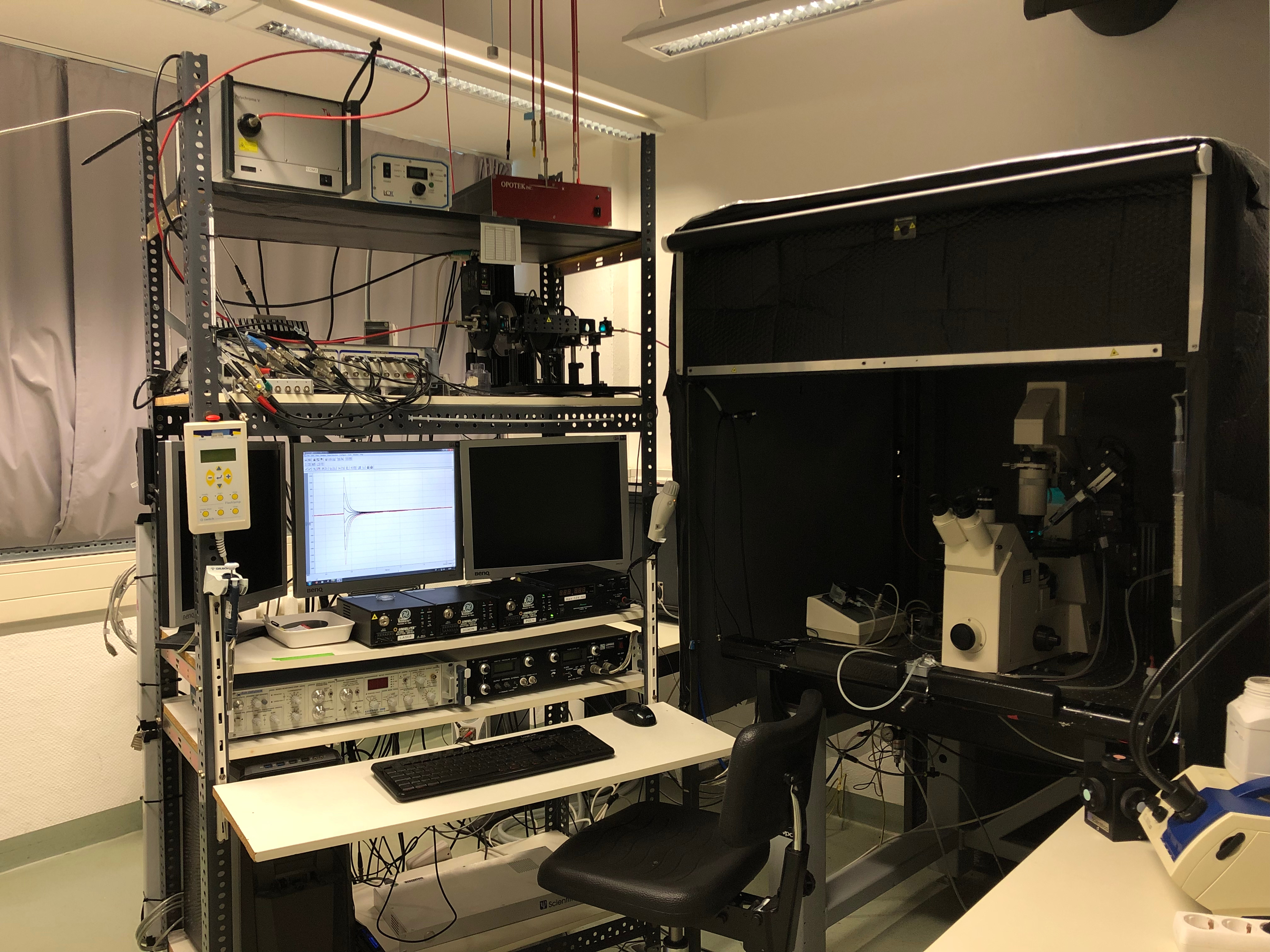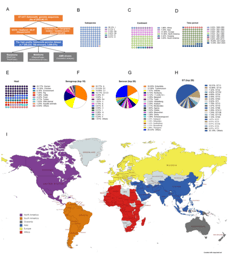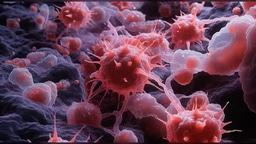MerMAIDs: The hunt for new channelrhodopsins
Published in Microbiology

Channelrhodopsins are microbial rhodopsins that directly convert absorbed light into ion fluxes across cellular membranes by opening conductive pores, and are widely used as optogenetic tools for manipulating neuronal activity. Known for science for about 15 years already, only 3 subtypes of channelrhodopsins are currently recognized. However, these cation- and anion-conducting channelrhodopsins were all discovered in laboratory-cultured microbial algae.
To better define channelrhodopsin diversity and to look for new channel activities, we set to look for channelrhodopsin sequences in different metagenomic datasets with special emphasis on the Tara Oceans publically available sets. To our big surprise, new sequences (now dubbed MerMAIDs) that do not belong to any of the known channelrhodopsin families were detected in the Indian, Atlantic, and Pacific Oceans and in the Mediterranean Sea. The surprise became even bigger when their electrophysiology was measured in HEK cells (see setup below). Not only that they conduct anions, but the new channels also show surprisingly short periods of conductivity, which facilitates temporally precise neuronal silencing even under continuous presence of light.

Our findings show the power and potential of combining metagenomics and electrophysiology for the discovery of new rhodopsins activities. We are now in the process of searching more environmental datasets, on the DNA and RNA levels, in order to find new channelrhodopsins and novel biophysical properties.
Follow the Topic
-
Nature Communications

An open access, multidisciplinary journal dedicated to publishing high-quality research in all areas of the biological, health, physical, chemical and Earth sciences.
Related Collections
With Collections, you can get published faster and increase your visibility.
Women's Health
Publishing Model: Hybrid
Deadline: Ongoing
Advances in neurodegenerative diseases
Publishing Model: Hybrid
Deadline: Dec 24, 2025



Please sign in or register for FREE
If you are a registered user on Research Communities by Springer Nature, please sign in